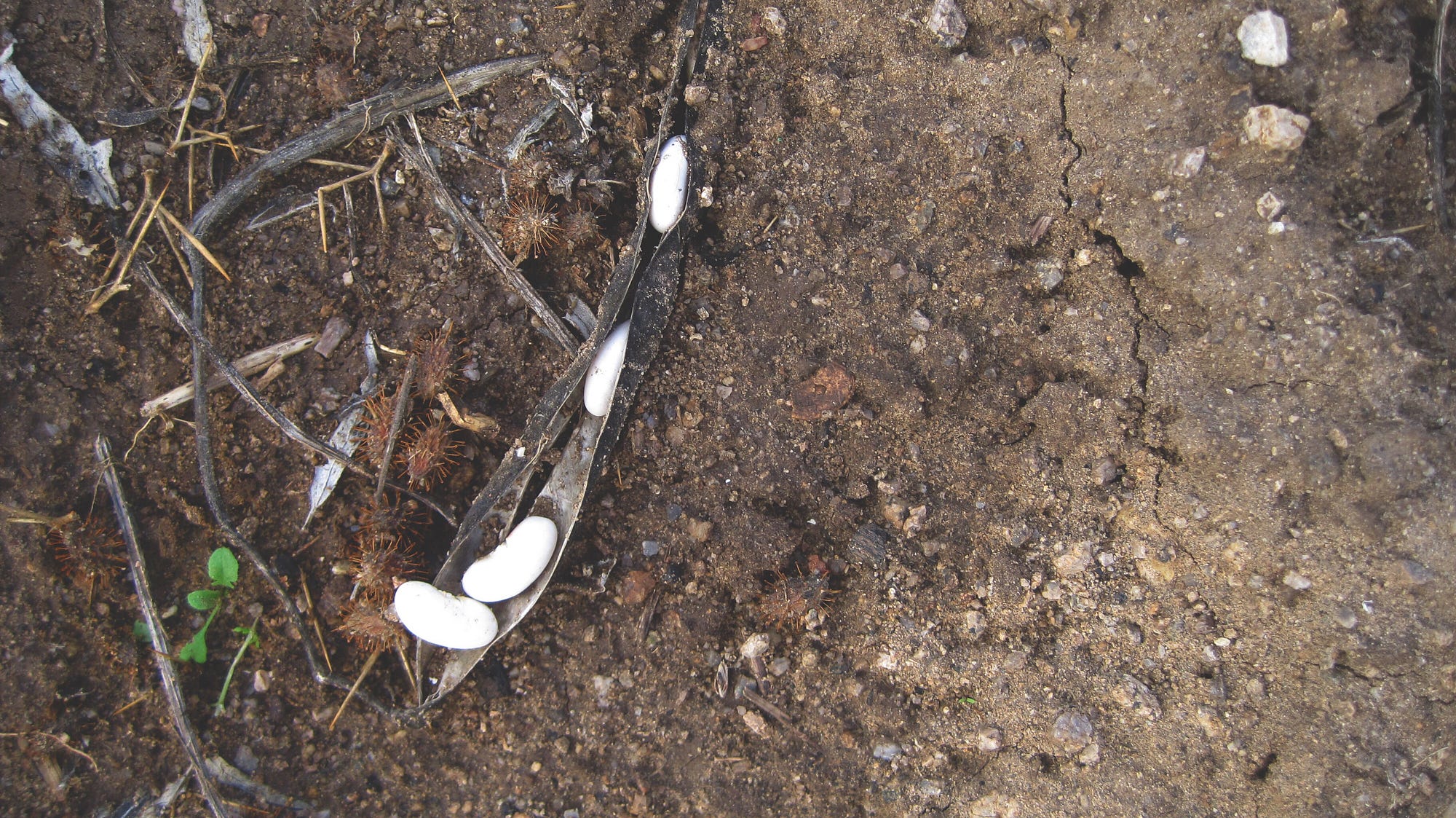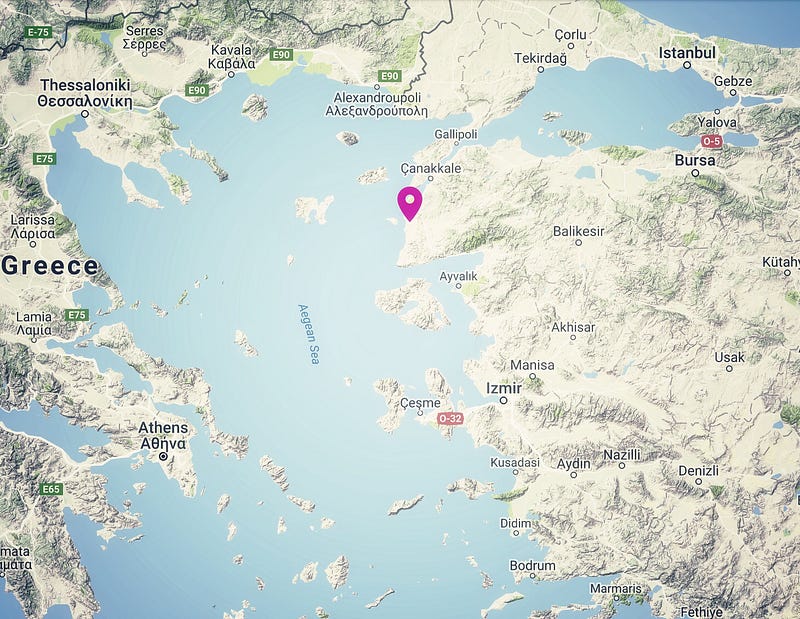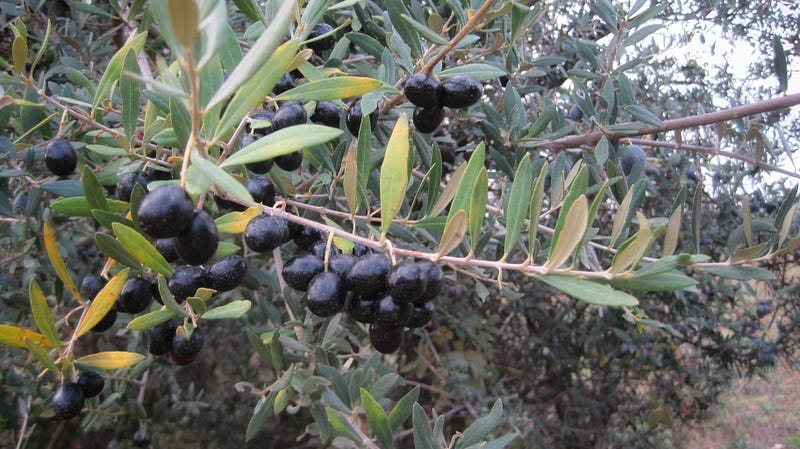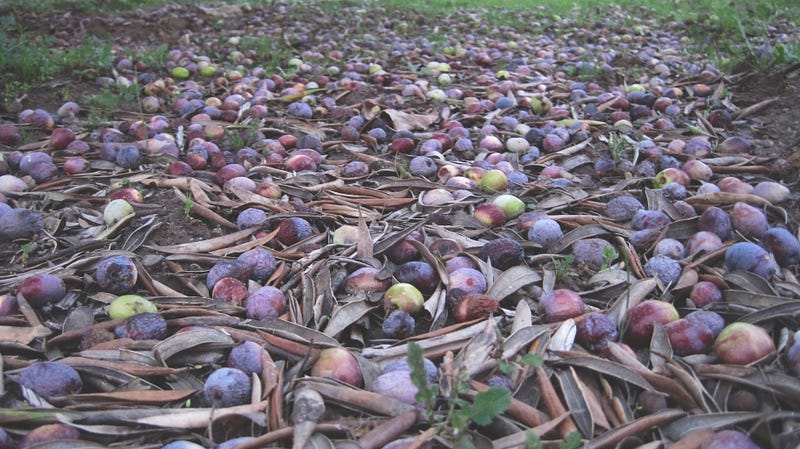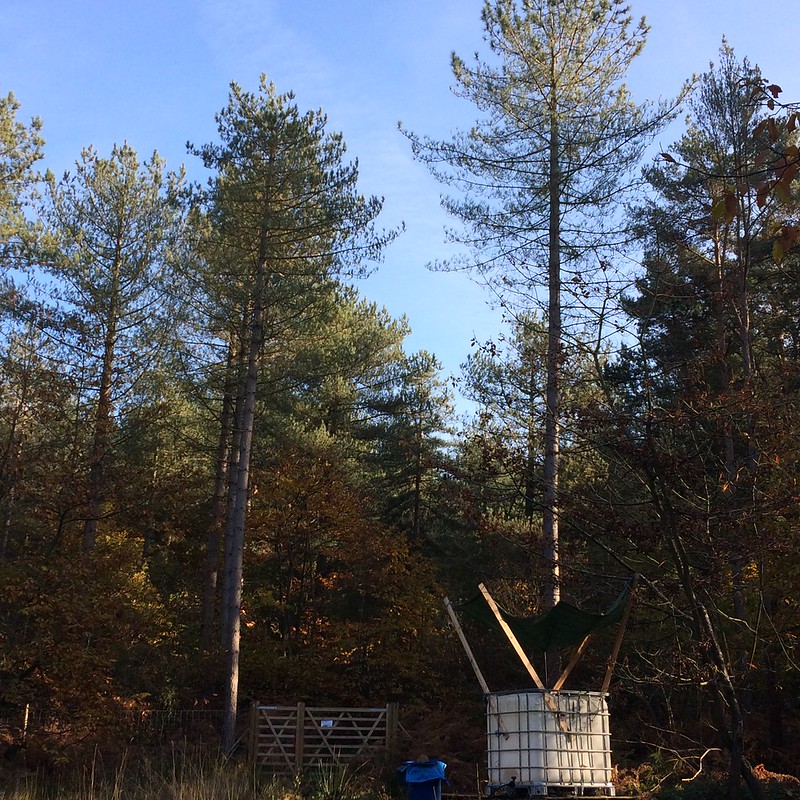Hawaiians used to feed themselves quite easily on this island paradise. With the arrival of Europeans and Americans came European and American ideas about plantation agriculture. Hawaii became a producer of coffee, sugar, pineapple, papaya, rice and other plantation crops.
While destroying Hawaii’s diverse food system, the growers created a prosperous agricultural trading economy with mainland markets as customers. But competition from low-cost producers elsewhere has more recently devastated that economy. The last remaining sugar plantation closed in 2016.
The decline of the previously large sugar and pineapple industries now make Hawaii much more dependent on tourism as a source of income. Tourists are Hawaii’s largest industry. They spent $15.6 billion in 2016 on vacations there representing about 18.5 percent of the total economy. That certainly underestimates their importance as many additional support services are needed to maintain the businesses that service the tourists.
As tourism has grown, land used for agriculture has declined by 68 percent since 1980. Some of the former plantation operators have turned themselves into land development companies to take advantage of the tourism and real estate boom.
The result is that Hawaii—a lush, fertile group of islands with the ability to grow crops year round—now imports 90 percent of its food.
Importing food is not a problem in and of itself. It turns out that some of the world’s top food importing nations such as China, the United States and Germany are also top food exporters. They choose to specialize in what they grow most efficiently and export some of it, while importing foodstuffs which other countries are more efficient at growing by reason of climate, soil, water availability, labor costs and other factors.
…click on the above link to read the rest of the article…



